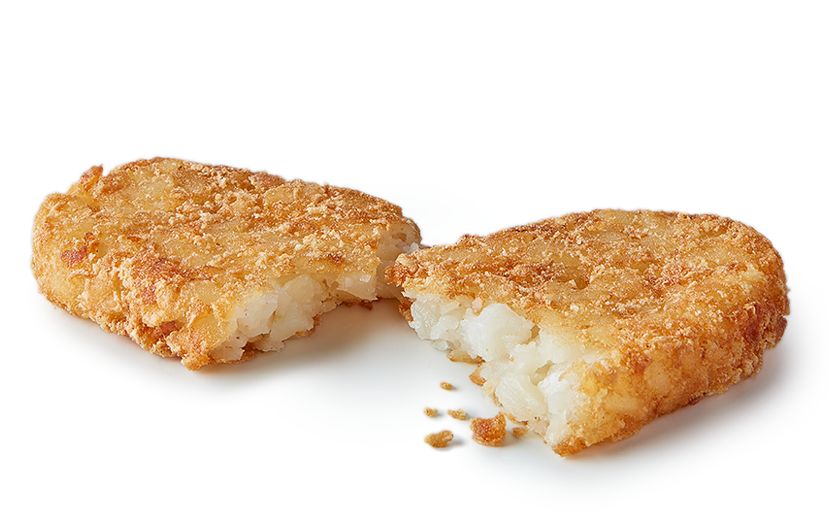
McDonald’s hash browns have become synonymous with quick, savory breakfast options for many patrons. These crispy, golden-brown potato patties are a popular mcdonald’s hash brown calories choice alongside breakfast sandwiches or as a standalone snack. This article aims to unveil the nutrition facts, including the calorie content, of McDonald’s hash browns, providing insights into their ingredients, serving sizes, and considerations for health-conscious consumers.
Ingredients and Preparation
McDonald’s hash browns are primarily made from potatoes, vegetable oil, salt, and various additives for flavor and preservation. The potatoes are shredded and shaped into patties before being partially fried in vegetable oil to achieve their crispy texture. The frying process contributes to the overall calorie and fat content of the hash browns.
Calorie Content
A single McDonald’s hash brown typically contains approximately 150 calories. This calorie count can vary slightly based on factors such as regional variations in preparation methods and serving sizes. Despite being a relatively small item, hash browns contribute a moderate amount of calories to a meal or snack.
Nutritional Breakdown
In addition to calories, McDonald’s hash browns provide other nutrients in varying amounts. Each hash brown generally contains around 15 grams of carbohydrates, 9 grams of fat, and 1 gram of protein. The carbohydrates come primarily from the potatoes, while the fat content is primarily from the frying oil. Hash browns are not particularly rich in vitamins or minerals but do provide some energy and satiety due to their carbohydrate and fat content.
Serving size Considerations
The standard serving size for a McDonald’s hash brown is typically one piece. However, serving sizes can vary based on location and individual preferences. It’s essential to consider portion control when enjoying hash browns, especially when combined with other menu items that may also contribute to calorie intake.
Health Considerations
While hash browns can be a tasty addition to a meal, they are considered a processed food with moderate nutritional value. They are relatively high in calories and fat due to the frying process and added oils. For individuals monitoring their calorie intake or following specific dietary guidelines, such as those for weight management or heart health, consuming hash browns occasionally and in moderation is recommended.
Tips for Healthier Choices
To make healthier choices when ordering McDonald’s hash browns:
Pair them with lighter options such as fruit or yogurt to increase nutrient intake.
Choose water or unsweetened beverages instead of sugary drinks to reduce overall calorie consumption.
Consider ordering smaller portions or sharing a larger order to manage portion sizes effectively.
Customization and Alternatives
For those looking to reduce calorie intake or modify their meal:
Some McDonald’s locations offer lighter breakfast options such as oatmeal or fruit cups, which provide fewer calories and more nutritional benefits compared to hash browns.
Requesting modifications like reducing salt or choosing a smaller portion size can help tailor the meal to individual dietary preferences and goals.
Conclusion
In conclusion, McDonald’s hash browns are a popular breakfast choice known for their crispy texture and savory flavor. Understanding their nutrition facts, including calorie content and serving size considerations, allows consumers to make informed choices about their dietary habits. By balancing their intake of hash browns with other nutrient-dense foods and practicing moderation, individuals can enjoy them as part of a varied and health-conscious eating plan.
This article provides a comprehensive overview of the nutrition facts and calorie content of McDonald’s hash browns, offering insights into their ingredients, serving sizes, and considerations for health-conscious consumers.